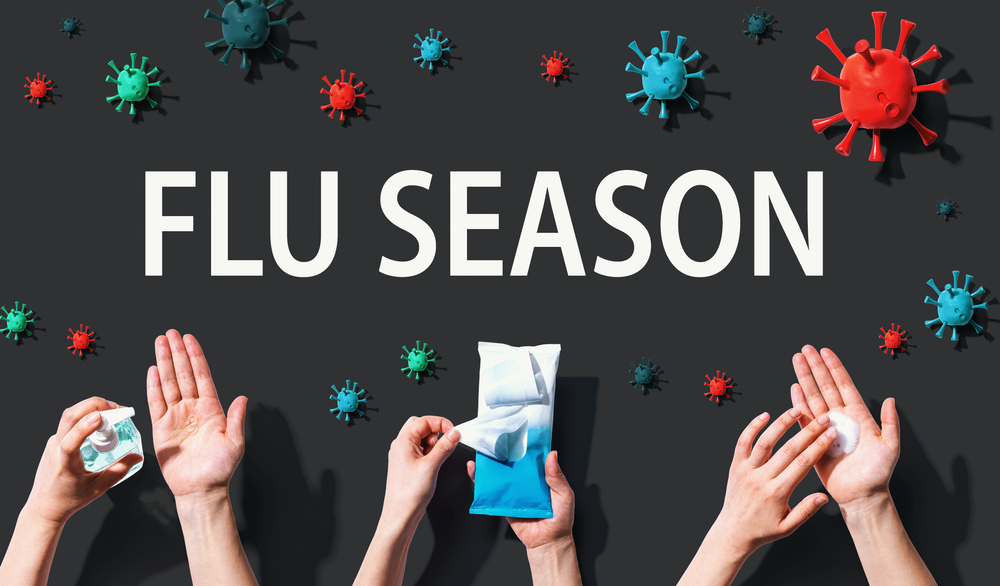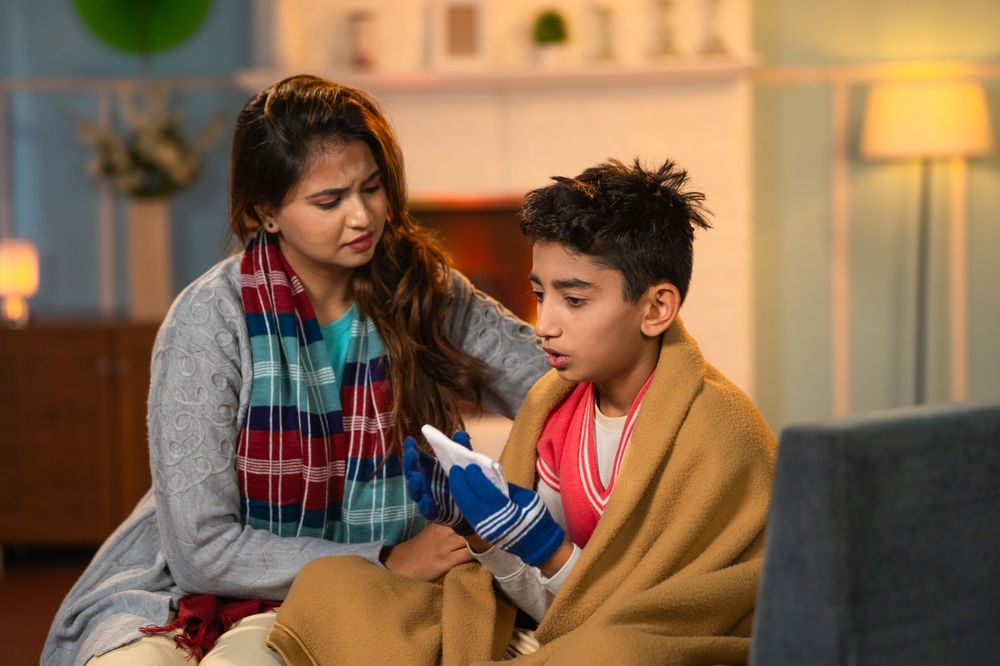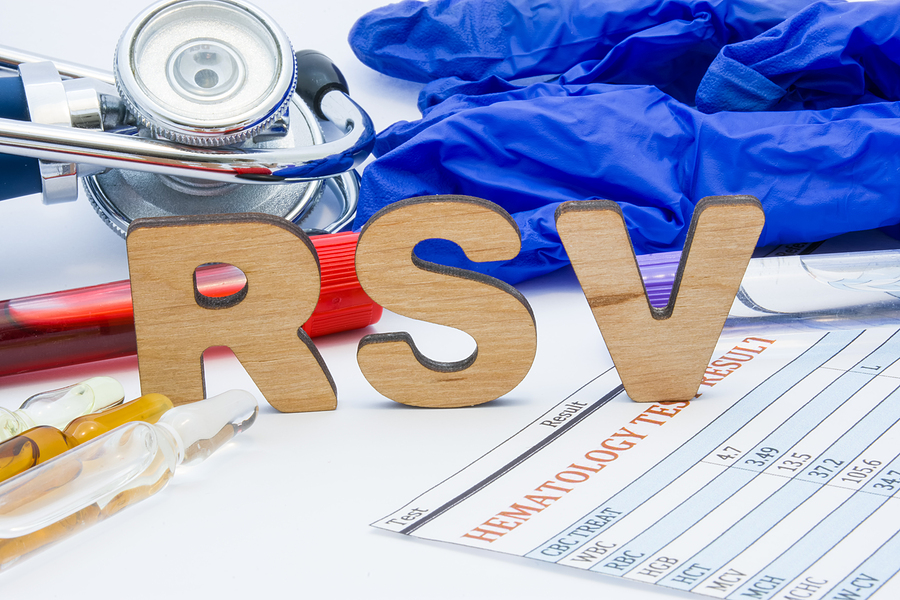by Michelle Place, CRNP-P
Fevers are a huge source of anxiety for many parents. This was understandable back in the 1800’s but with the advent of vaccines fever does not mean now what it did back then. The truth is most fevers are not only harmless but are actually helpful in fighting infections both bacterial and viral. Let us run through some common misconceptions about fever so that the next time it happens in your child you will not need to worry so much.
MYTH: My child feels warm, so she has a fever.
FACT: Children can feel warm for many reasons aside from fever such as playing hard, crying, getting out of a warm bed or hot weather. They are “giving off heat”. If this is the case skin temperature should return to normal in 10 to 20 minutes.
About 80% of children who act sick and feel warm do have a fever. If you want to be sure, take your child’s temperature. These are the cutoffs for fever using different types of thermometers:
- Rectal, ear or forehead temperature: 100.4° F (38.0° C) or higher
- Oral (mouth) temperature: 100° F (37.8° C) or higher
- Under the arm (Armpit) temperature: 99° F (37.2° C) or higher
MYTH: Oral temperatures between 98.7° and 100° F (37.1° to 37.8° C) are low-grade fevers.
FACT: These temperatures are normal. The average temperature is 98.6 which means that “normal” is actually a range. On a day when you are well if you take your temperature every hour on the hour you could see variation of up to a degree. Body temperature late in the afternoon or in the evening tends to be significantly higher than early in the morning. A true low-grade fever is 100° F to 102° F (37.8° – 39° C)
Myth: My child’s temperature typically runs below 98.6 so, in him, a temperature of 99 is a fever.
Fact: Like height and weight, body temperature varies from individual to individual. The fact is that unless your child is an alien a temperature of 99 is not a fever because in human beings it is not considered a fever unless it meets the above criteria.
MYTH: All fevers are bad for children.
FACT: Fever is the body’s way of fighting off an infection, it is a sign that the body’s immune system has been turned on. Viruses and bacteria like to replicate at 98.6. When the body cranks up the furnace it keeps these bugs from making more friends allowing the immune system to only deal with what is already there. As a result, body temperatures between 100° and 104° F (37.8° – 40° C) are actually good for sick children.
MYTH: Fevers above 104° F (40° C) are dangerous. They can cause brain damage.
FACT: Fevers with infections do not cause brain damage. Since fevers are the body’s way of protecting itself, the body is not going to turn the heat up to a dangerous level. The brain’s furnace has a thermostat so most fevers do not go above 103-104 (39.5-40) even without medicine. Only temperatures above 108° F (42° C) can cause brain damage and the only way the body can reach a temp that high is with some outside assistance like being left in a closed car during hot weather.
MYTH: Fevers can cause febrile seizures. These seizures are harmful.
FACT: Only 4% of children can have a seizure with fever. These seizures are caused by going from no fever to yes fever very quickly. The height of the fever has nothing to do with it, it is the rate of rise which triggers a convulsion. While watching a febrile seizure is horribly frightening, the good news is that most of these seizures are short, lasting less than 5 minutes, and they do not cause any permanent harm. They do not increase the risk for speech delays, learning problems or seizures without fever.
MYTH: All fevers need to be treated with fever medicine.
FACT: Since fevers are actually helping the body fight off infection, they should only be treated if they are causing discomfort. The problem is that when the furnace is cranked up, everything gets cranked up – heart is beating fast, breathing is fast, you feel hot then cold, everything is achy. As a result your child feels miserable, they are cranky, clingy and refuse to drink. The reason we treat fever is because we want everyone to feel as comfortable as possible and to stay hydrated, not because fever is dangerous. Most fevers do not cause discomfort until they go above 102° or 103° F (39° or 39.5° C).
MYTH: With treatment, the temperature should come down to normal and if it does not then the cause of the fever must be serious.
FACT: After Ibuprofen (Advil, Motrin) or Acetaminophen (Tylenol), most fevers come down 2° or 3° F (1° or 1.5° C). So if your child starts with a fever of 103 after you give medicine the temp may only go down to 101. If that is enough to make her perk up and drink then the medicine has done it’s job. The response to fever medicine tells us nothing about the cause of the infection.
MYTH: Once the fever comes down with medicine, it should stay down.
FACT: Acetaminophen and Ibuprofen treat the symptom of fever but do nothing to treat the cause of fever. As a result, after 4 hours (Acetaminophen) or 6 hours (Ibuprofen) when the fever medicine wears off, the fever will come back. It may need to be treated again. The fever will go away and not return once the body overpowers the virus. Most often, this occurs on day 3 or 4.
MYTH: If the fever is high, the cause is serious.
FACT: Unlike adults, children can respond to simple viral infections with spectacular elevations in temperature. If the fever is high, the cause may or may not be serious. If your child looks very sick, the cause is more likely to be serious. Bear in mind that when the fever is high your child may look terrible. Give medicine, let the temp come down, if your child does not perk up that is more concerning than the number you saw on your thermometer.
Now that we have established the fact that a fever is not a reason to panic, we do recommend bringing your child to the office for evaluation if:
- your child develops a non-blanching rash (a rash that does not disappear with pressure)
- your child is not drinking enough to make urine at least 4 times in a 24 hour period
- your child’s health gets worse
- the fever lasts consistently for more than five days
- you are becoming more worried about your child; particularly if your child becomes more irritable or difficult to awaken
- you have concerns about looking after your child at home.






